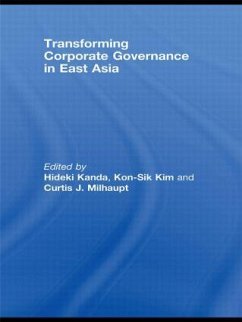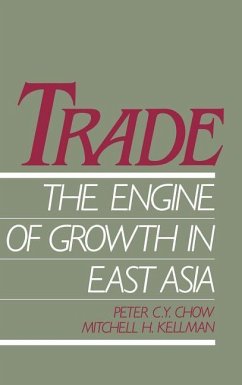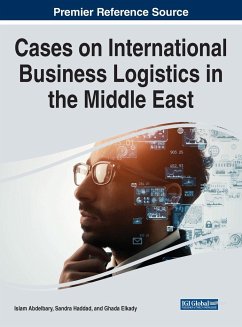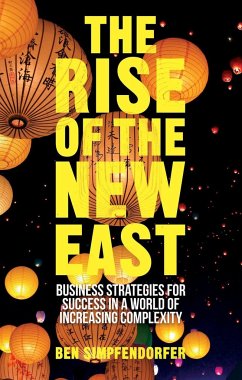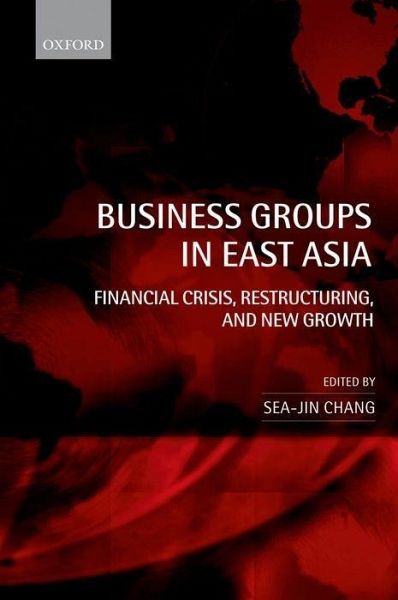
Business Groups in East Asia
Financial Crisis, Restructuring, and New Growth
Herausgeber: Chang, Sea-Jin
Versandkostenfrei!
Versandfertig in 1-2 Wochen
186,99 €
inkl. MwSt.

PAYBACK Punkte
93 °P sammeln!
Foreign investors' influence has increased substantially since the crisis, as East Asian governments had to accommodate their demands to keep attracting foreign capital. Governments supervise banks more closely and have loosened restrictions on mergers and hostile takeovers, further strengthening the discipline of the market. Various entry barriers that had inhibited foreign multinationals from competing in national markets were lifted, exposing business groups to intensified foreign competition. Under these new conditions, business groups in East Asia should reconfigure their business structures and adjust their corporate governance systems to regain momentum for further growth. Business groups will continue to be important vehicles for the sustained future growth of this region, and this book presents a substantial amount of new data on this, which will be of interest to academics, researchers, and advanced students of East Asian business, and business practitioners working within the region.
The 1997 Asian Crisis principally affected Thailand, Indonesia, Malaysia, and Korea, as well as other East Asian countries heavily dependent on intra-regional trade. Banks and other financial institutions quickly become insolvent, and heavily indebted industrial firms went bankrupt. Many of these firms were affiliated with the business groups of this region, yet most groups did not immediately collapse, indeed they proved remarkably robust, some surviving and even prospering. This book examines these East Asian business groups and their subsequent restructuring following the Asian Crisis. East Asian nations embarked on very different trajectories to this common external shock. The Asian Crisis affected the inter-relationships among the socio-cultural environment, the state, and the market of each country quite differently and had distinct effects on the operations of these countries' business groups. This slow yet divergent pattern of development provides evidence against theories of rapid global convergence. Yet East Asian business groups face an uncertain future. Foreign investors' influence has increased substantially since the crisis, as East Asian governments had to accommodate their demands to keep attracting foreign capital. Governments supervise banks more closely and have loosened restrictions on mergers and hostile takeovers, further strengthening the discipline of the market. Various entry barriers that had inhibited foreign multinationals from competing in national markets were lifted, exposing business groups to intensified foreign competition. Under these new conditions, business groups in East Asia should reconfigure their business structures and adjust their corporate governance systems to regain momentum for further growth. Business groups will continue to be important vehicles for the sustained future growth of this region, and this book presents a substantial amount of new data on this, which will be of interest to academics, researchers, and advanced students of East Asian business, and business practitioners working within the region.





